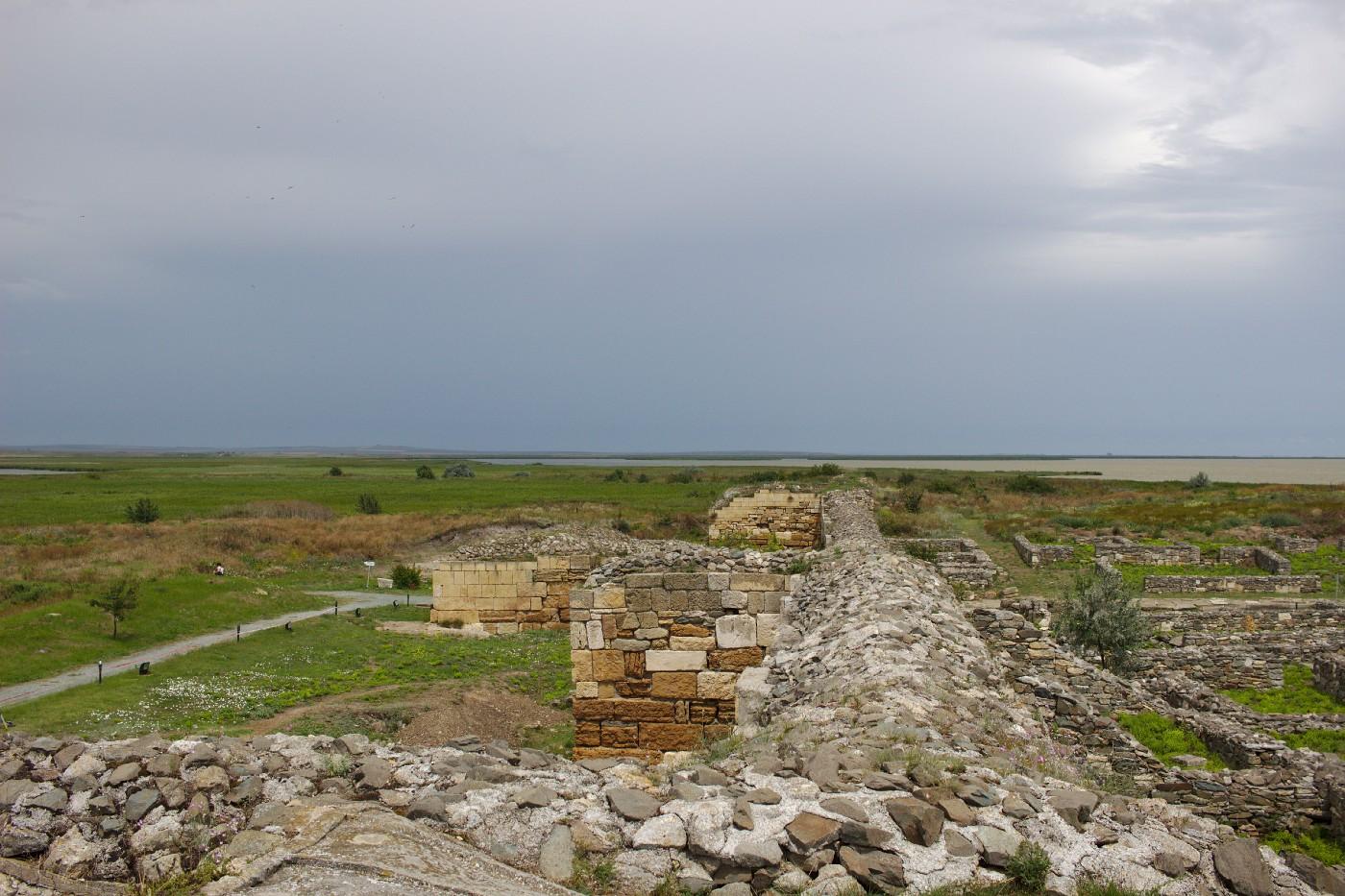
There was once a town called Myous, on the coast of what is now Turkey. It was a Greek town near the mouth of the Maeander River, under the control of the much larger city Miletus. The ancient travel writer Pausanias tells us that an inlet of the Mediterranean initially gave it access to the sea. But he goes on to explain that the river shifted its course and silted up the opening of the inlet. The resulting stagnant lagoon bred so many biting insects that all the residents of Myous simply picked up and moved to Miletus, leaving only a marble temple of Dionysus as a testament to the town’s better days.
I heard this story from geoarchaeologist Helmut Brückner this summer, while he was visiting the Greek site of Histria in Romania, where I have recently begun a joint Romanian-American archaeological project. Brückner, whose work on coastal change is legendary, had come with a geography field school from the University of Cologne. He and his students were collecting soil cores to try to understand the development of Histria’s harbor over time.
From Harbor Town to Deserted City
When it was established in the 7th century BC, Histria offered an excellent harbor and easy access to the interior of the Balkans via the Danube River. Now we’re not even sure exactly where that harbor is located, the site has been abandoned since the 7th century AD, and it’s nearly five miles from the sea as the crow flies — behind a stagnant coastal lagoon that breeds vicious mosquitoes.

Both the old world and the new are littered with such ruined cities and towns — they’re bread and butter for archaeologists like me. Sometimes they’re as small as Myous; sometimes they’re as large as the densely urbanized Maya landscape LiDAR has revealed under the jungles of Guatemala.
I tend to take their presence for granted. But occasionally, I am sharply reminded of their implications for the challenges that face us today.
The IPCC report released earlier this month suggests that climate change will impact us sooner and more dramatically than we expected: a 2.7 degree Fahrenheit average increase in temperature by 2040 — our current trajectory — could mean droughts, fires, loss of coral, and increased coastal flooding due to sea-level rise. That last development would threaten many of the world’s major urban centers, which, like the ancient trading cities before them, are frequently oriented to the sea.
Where Would We Go?
In the past, changes in sea level, droughts, erosion or sedimentation, or flooding (an alternate explanation offered for the abandonment of Myous by Vitruvius), have led to the abandonment of settlements. Those ruined towns and cities bear witness to environmental changes that left them unsustainable.
But the people who lived in them didn’t simply die or vanish. They moved. We can read this movement in the old settlements scattered across the landscape, but we can also read it in our own DNA, equally dotted with the evidence for past migrations.
For all of our history, mobility has helped to ensure our species’ success. If the mosquito problem in our neighborhood was too much to bear, we left. But as more and more of the world’s population lives in cities, as more and more of our infrastructure and wealth is invested in those cities, and as our national borders harden in response to population movements driven by the ancient impulse to flee from danger, this option is increasingly off the table.
As my colleagues and I seek to understand the reaction of past urban societies to environmental stresses through archaeological investigation, I am increasingly struck by the role mobility played in that response. How will we adjust to similar stresses in a world where the vast majority of people can no longer simply pick up and move?


